Elevated Storage Tank Monitoring and Automation
Elevated water tanks are familiar sights across the country. A water storage tower emblazoned with the name of the locality is often the first sign of entering a town. Water tower designs vary from practical to creative, but they all serve the same purpose. An elevated water tank uses the force of gravity to send water into the local supply at a consistent pressure.
The Basic Operation of an Elevated Water Tank
Residents and businesses rely on a water distribution system that provides an adequate supply at the proper pressure. However, local water needs are rarely uniform. There will be high demand in the mornings and evenings but very little during the night. Without additional water storage, municipalities need to run pumps to prevent shortages.
The primary purpose of a water tower is to alleviate this problem. Most elevated water tanks hold enough water to meet the needs of an average day. Because the water sits above the service area, the force of gravity maintains water pressure.
At the same time, a small pump will send water up to refill the tower. The water reserve tank fills when demand is low to prepare the distribution system for the next high-demand period. In more modern systems, sensors in the water tower will provide information about water levels and the refill rate.
The Relationship Between Water Tower Height and Pressure
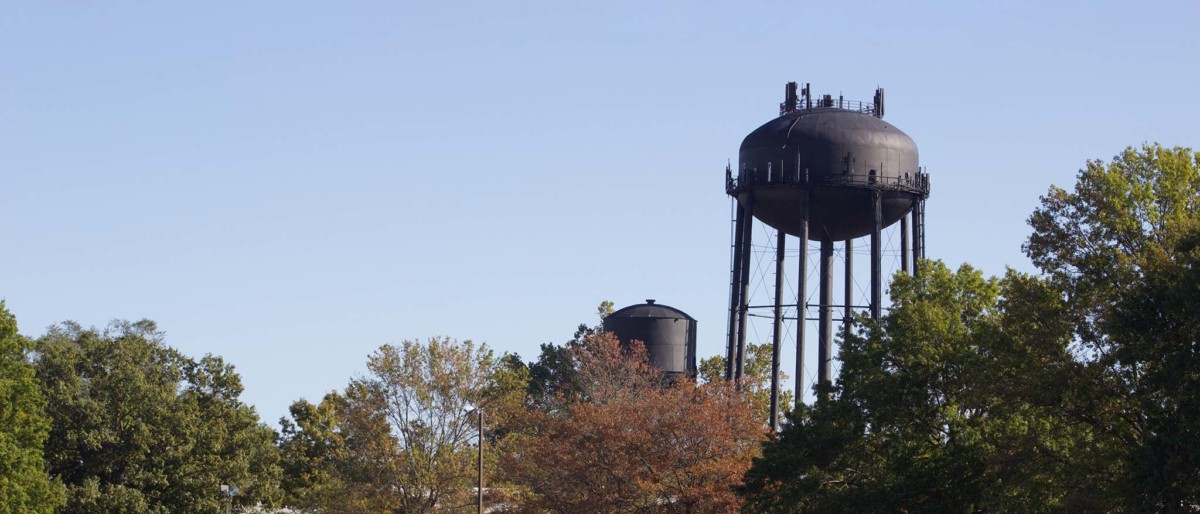
Elevated storage towers stand over the surrounding landscape because of the relationship between physics and tank elevation—the potential energy of water increases by 0.43 psi with each foot of water tower height. By harnessing the power of gravity, water distribution systems can send water into the supply with consistent pressure without burning extra fossil fuels. The small pump that feeds the tower runs at a slower rate than it would take pumps to move water during times of high demand.
Common Water Tower Purposes
There are several water tower purposes in addition to storage. Regular monitoring of water reserve tank operations will prepare the unit to meet supplemental local needs.
Meeting Peak Demand
The primary focus of water tower design is to meet local demands without running additional pumps. An elevated storage tank might hold as much as a million gallons in preparation for the daily needs of showers, toilets, and home appliances.
Providing Water During a Power Failure
An advantage to utilizing tank elevation instead of a pump system becomes evident during a power outage. Electric pumps will not operate, so residents may not have any water at all. The daily supply sitting in an elevated water tank will keep water flowing to homes when power fails.
Supplemental Supply for Fire Safety
Addressing a large fire may put a strain on water resources. Water storage tanks will ensure that fire companies have the supply they need in emergencies.
Types of Water Towers
Although water storage tanks are a common feature, there are several types of water towers. The specific water tower design will depend on local needs.
Double Ellipsoidal Tank
The double ellipsoidal tank is a water tower design that has been in use for decades. Variations of this standard model can be found throughout the country. The rounded shape of the tank evenly distributes the weight of the water it holds.
Fluted Column Tank
The fluted column tank design involves a broad base that can support more weight. The inside of the column is usually hollow. Water utilities often use this space for offices or storage.
Building Tanks
In cities, tall buildings may have small water towers on their rooftops. A large city does not have the real estate available for a million-gallon tank. Instead, buildings taller than the local reservoir store clean water for the residents who live below.
Ground-Level Storage Tank
Most types of water towers involve building tall structures. However, if a town can place its water reserve tank on an elevated site, it may not need to be raised on a tower. As long as the tank elevation is sufficiently above the homes it serves, water will arrive with enough pressure.
Automated Processes for Elevated Water Tanks
An elevated storage tank is one component of a more extensive water distribution system. On most days, water demand will follow a predictable schedule. Higher demand happens during the day, and the water storage tower refills overnight.
However, water utilities need the flexibility to respond to unexpected situations. A fire emergency may draw more of the supply than usual. An automated water system can adjust the pump speed so that the tank is full in the morning, even when it starts at a lower level. It can also turn on pumps that feed into a separate water tank near a big fire.
Real-Time Monitoring and Water Storage Tanks
The water tower height combined with the force of gravity will keep water flowing at a consistent pressure, so changes in water pressure may indicate problems with the system down the line. Sensors that report data to a SCADA system will detect leaks and blockages before they can disrupt service.
Sensors can also measure the speed at which water enters and exits the tank. Changes in the fill rate may indicate impending service needs for the pump system.
Like all equipment, water towers require consistent monitoring to catch maintenance issues. With stored water, quality might be a concern. Sensors inside the tank can provide information about impurities in the water supply that indicate the need for cleaning.
SCADA, Water Storage Towers, and Water Distribution Systems
Supervisory control and data acquisition technology allow municipalities to track what is going on in a water distribution system. Sensors placed on pipes, hydrants, pump stations, and water tanks provide real-time information on data such as flow rate, water pressure, and volume. This information allows utilities to develop preventative maintenance schedules and make better predictions about demand. The result of implementing SCADA technology is a high-efficiency water distribution system.
High Tide Technologies specializes in designing and implementing cloud-based SCADA systems for municipal water collection, treatment, and distribution facilities. Our team can help the utility create a remote reporting system that gives managers and staff in the field access to necessary data. Using the control aspect of SCADA, we can develop automated processes that will address situations of unexpected demand.




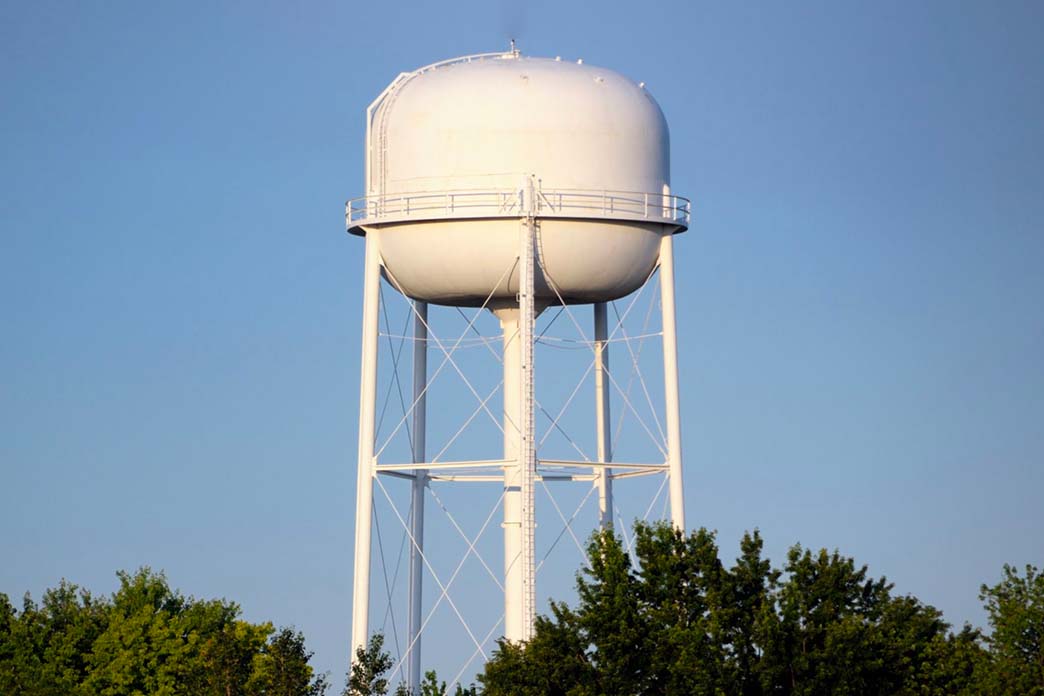
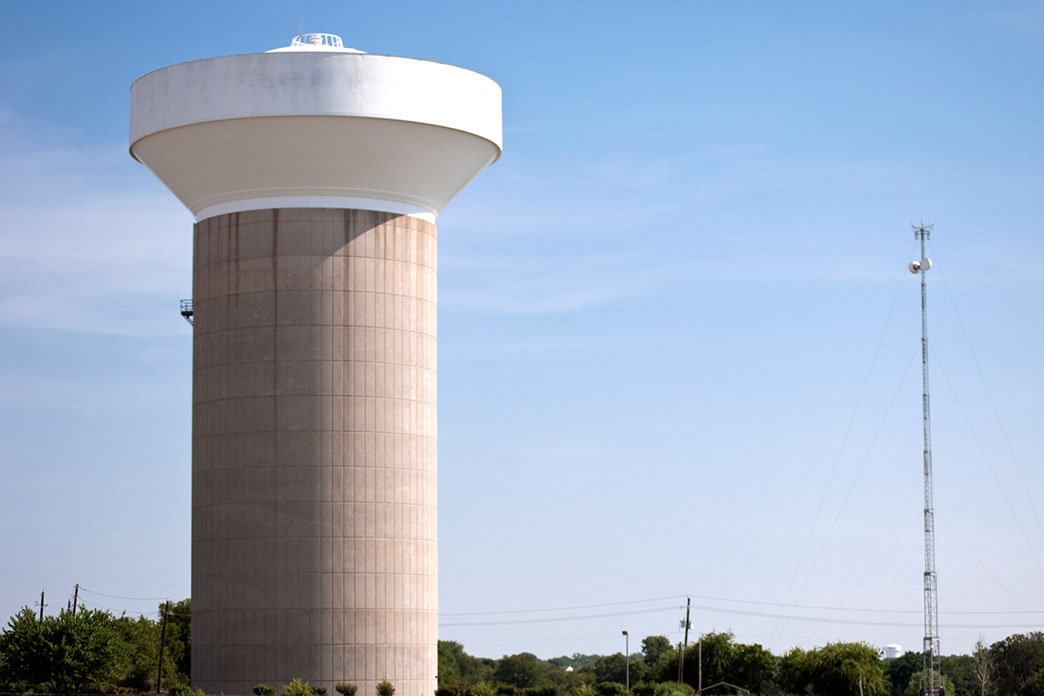

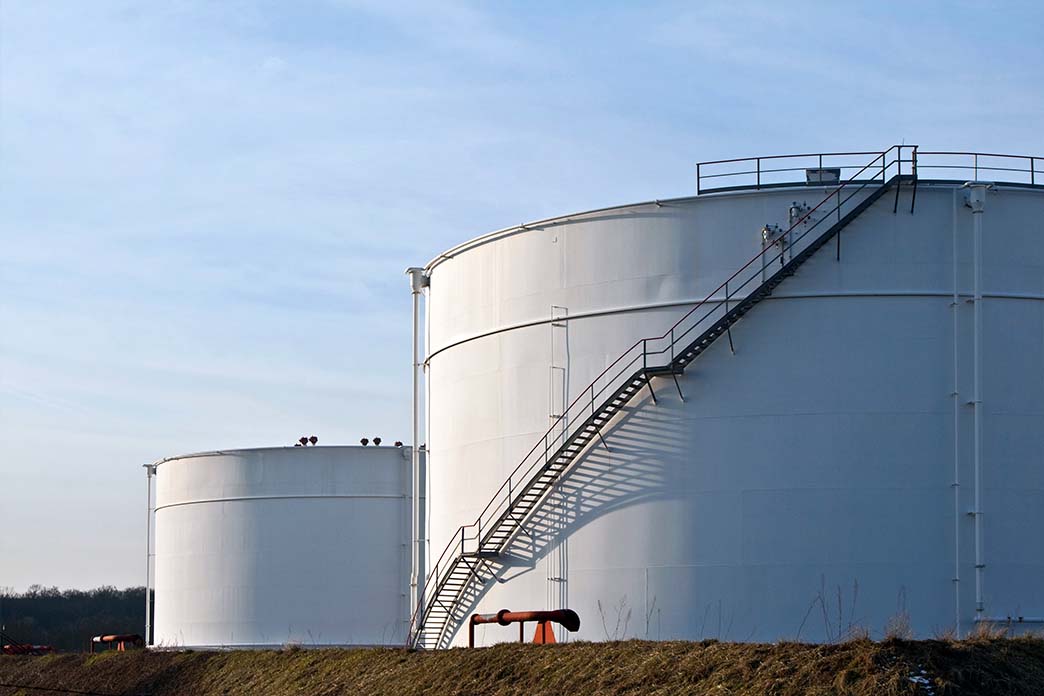
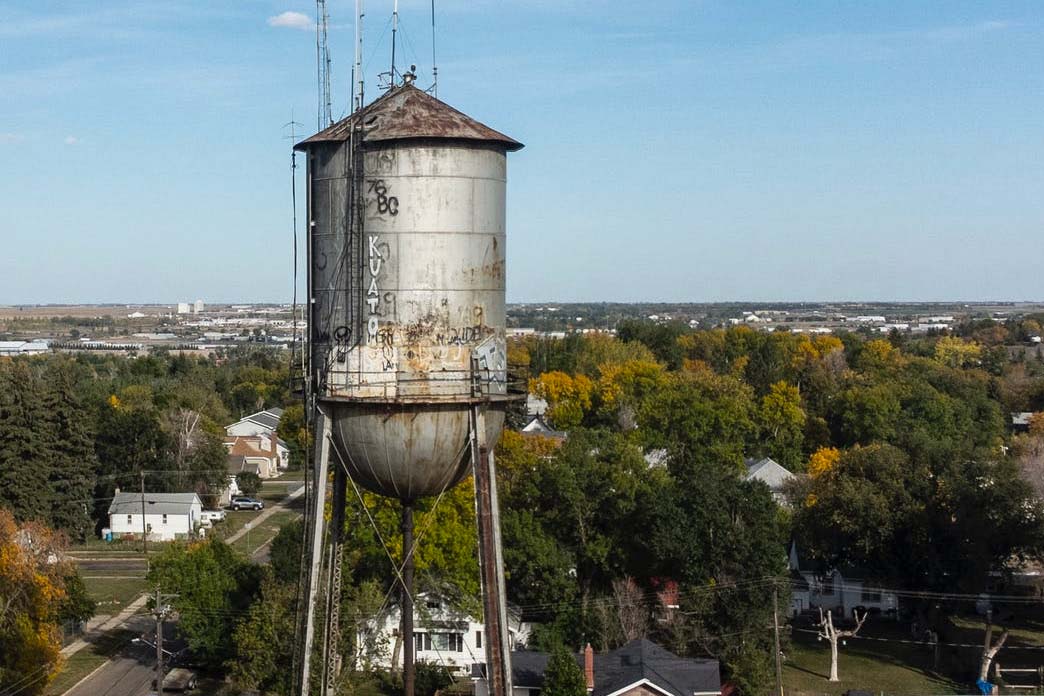

Share this case study